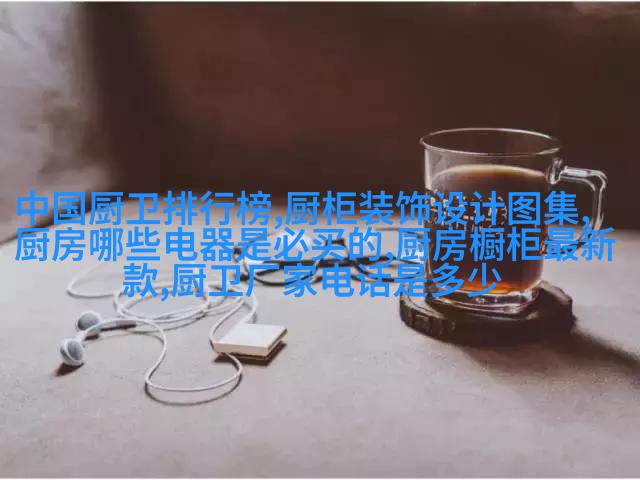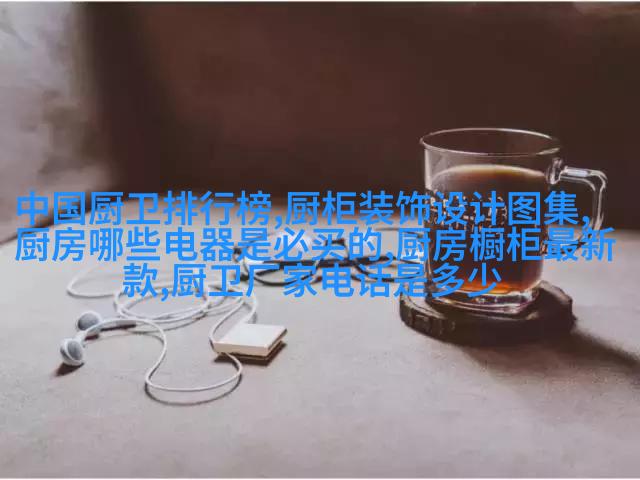Introduction to Solid-Liquid Separation
Solid-liquid separation is a crucial process in various industries, including chemical, pharmaceutical, and food processing. It involves the removal of solid particles from a liquid mixture or solution. The efficiency and effectiveness of this process depend on the type of equipment used.
Fundamentals of Solid-Liquid Separation
The fundamental principle behind solid-liquid separation is based on differences in density between solids and liquids. Solids have higher densities than liquids, which allows them to be separated through gravity or other mechanical means.
Types of Solid-Liquid Separation Techniques
There are several techniques for achieving solid-liquid separation, each with its advantages and disadvantages:
Sedimentation
Filtration

Centrifugation
Decanting

Flotation
Sedimentation: A Basic Principle in Solid-Liquid Separation

Sedimentation is one of the most common methods for separating solids from liquids based on their density difference. In this process, a suspension containing both solid particles and liquid is allowed to settle under gravity until the particles accumulate at the bottom as sediment.

Filtration: Effective Method for Particle Removal

Filtration uses a porous medium such as filter paper or mesh screen to separate solid particles from a fluid by blocking larger particles while allowing smaller ones to pass through.
Centrifugation: Rapidly Spinning Technology for Efficient Separations
Centrifuging employs high-speed rotation to separate suspended solids from fluids by utilizing centrifugal force that pushes denser materials towards an outer rim.
Decanting: An Easy Technique with Simple Equipment Needs
Decanting involves pouring off clear liquid without disturbing settled sediments below it using specialized containers like decanters or settling tanks designed specifically for this purpose.
Flotation: A Technique Used Primarily in Mineral Processing Industries
Flotation relies on creating froth bubbles that trap air around mineral surfaces making them less dense than water so they can float easily above water's surface when agitated properly during flotation processes commonly employed within mining operations related primarily but not exclusively involving metallic ore extraction procedures where necessary purity levels require utmost care because contamination could lead substantial loss values resulting ultimately affecting financial performance outcome results hence necessitating appropriate application selection criteria formulation prior any actual implementation step execution order schedule following strict adherence guidelines compliance monitoring system checks conduct thorough quality control assurance protocols ensure consistent output quality consistency reliability stability safety precautions taken into account before proceeding further more specific details provided later throughout rest content sections hereafter mentioned if needed additional information requested please let know appreciate your feedback thanks again happy reading!




